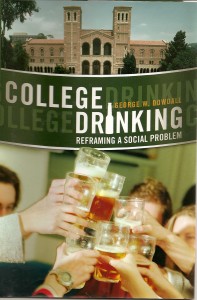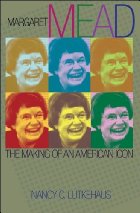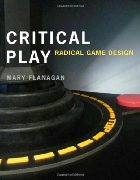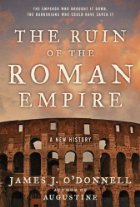College Drinking: Reframing a Social Problem
 College drinking: reframing a social problem
College drinking: reframing a social problem
by George W. Dowdall
Drinking has become recognized as one of the most important problems facing today’s college student. Even though college drinking has increased only modestly over the past few decades, concern about its health, behavioral, and safety consequences has risen rapidly. This book examines college drinking as a social problem within higher education, based on interviews with many leading figures engaged in addressing the problem. It assesses the evidence about how many students drink or drink excessively, and what kinds of behavioral and health problems they have as a consequence. The book answers the crucial questions of why students drink and what mixture of personal and environmental factors shape college drinking. The complex links to campus crime and sexual assault are discussed fully. Key practical questions about effective prevention programs and countermeasures are answered in detail. Students and parents can take action to lower the risk of binge drinking by consulting an appendix, which explains how to use college guide data on 400 leading institutions or data about alcohol violations and crime available for several thousand colleges. Anyone concerned with higher education today will find a full discussion of the scope of the problem and what can be done about it.



